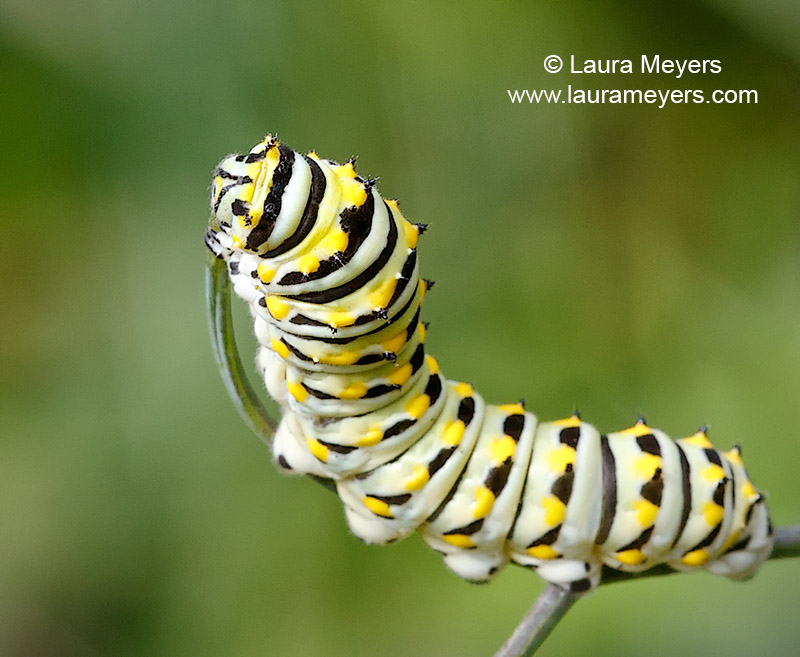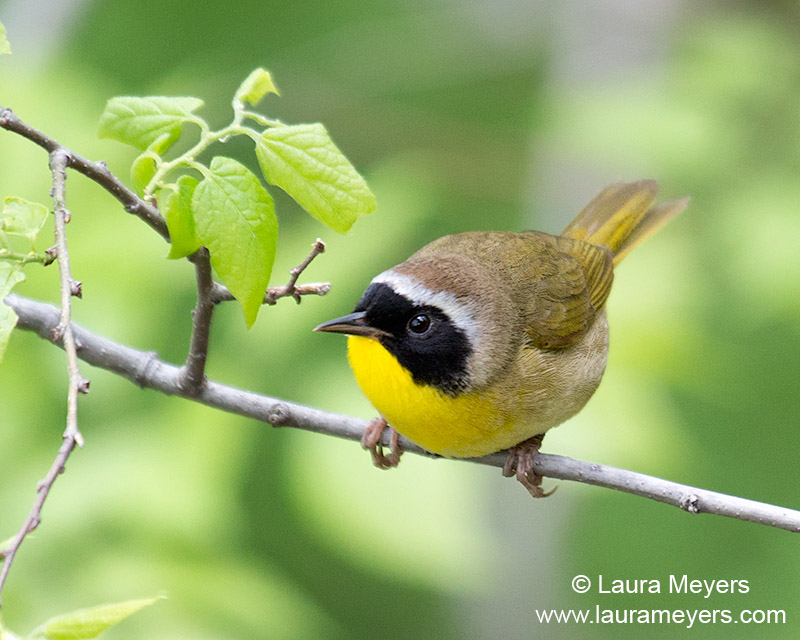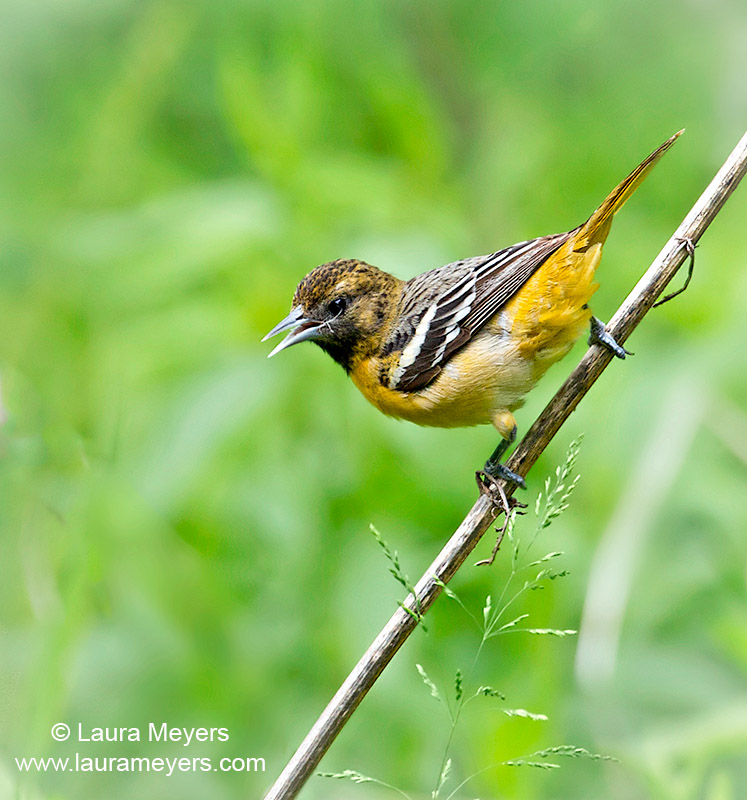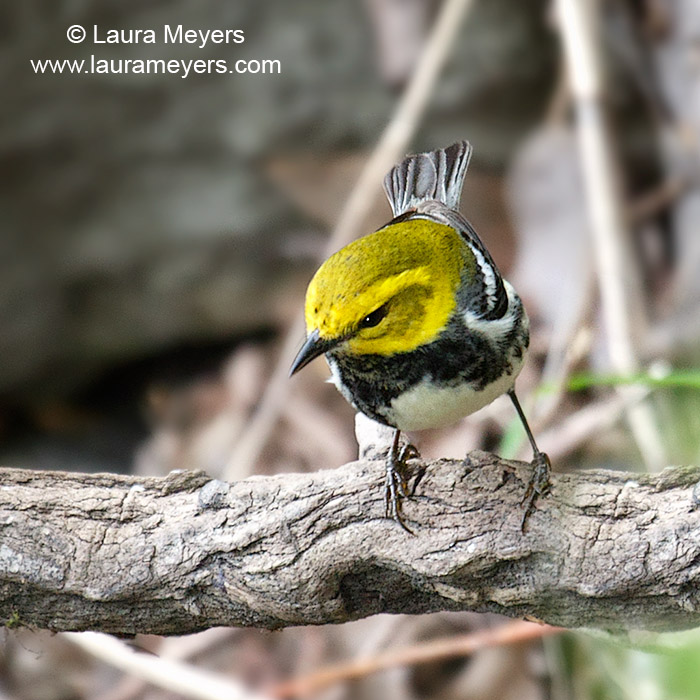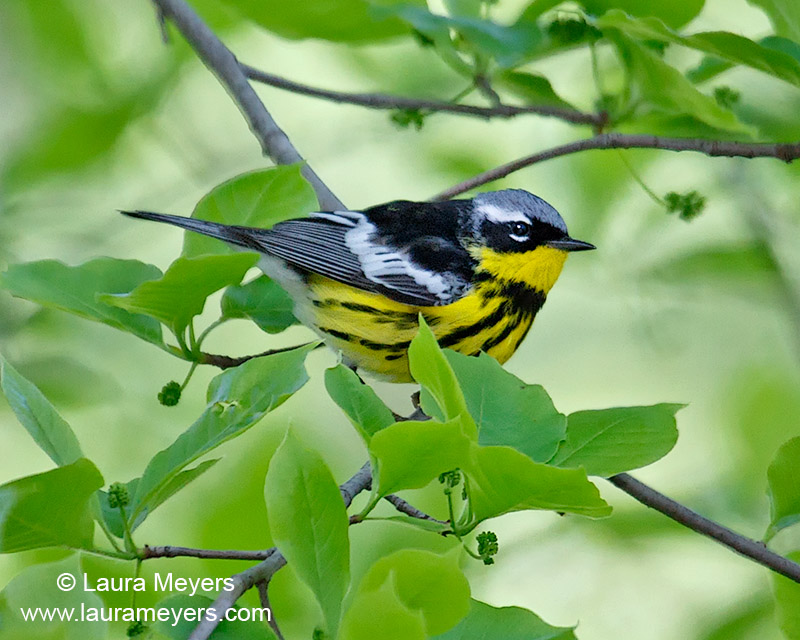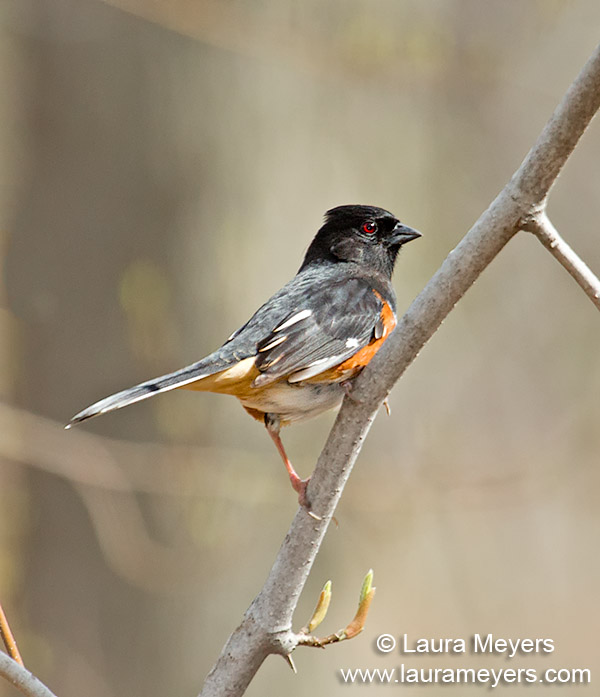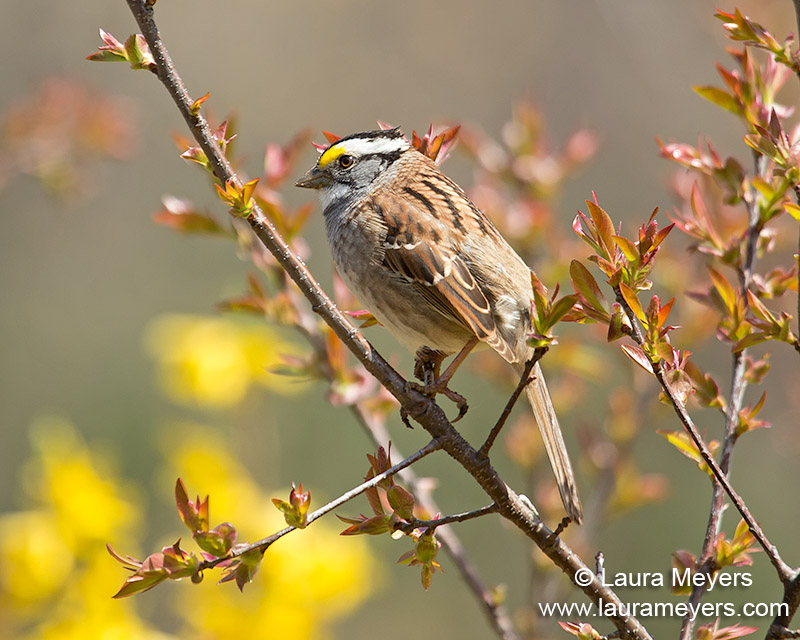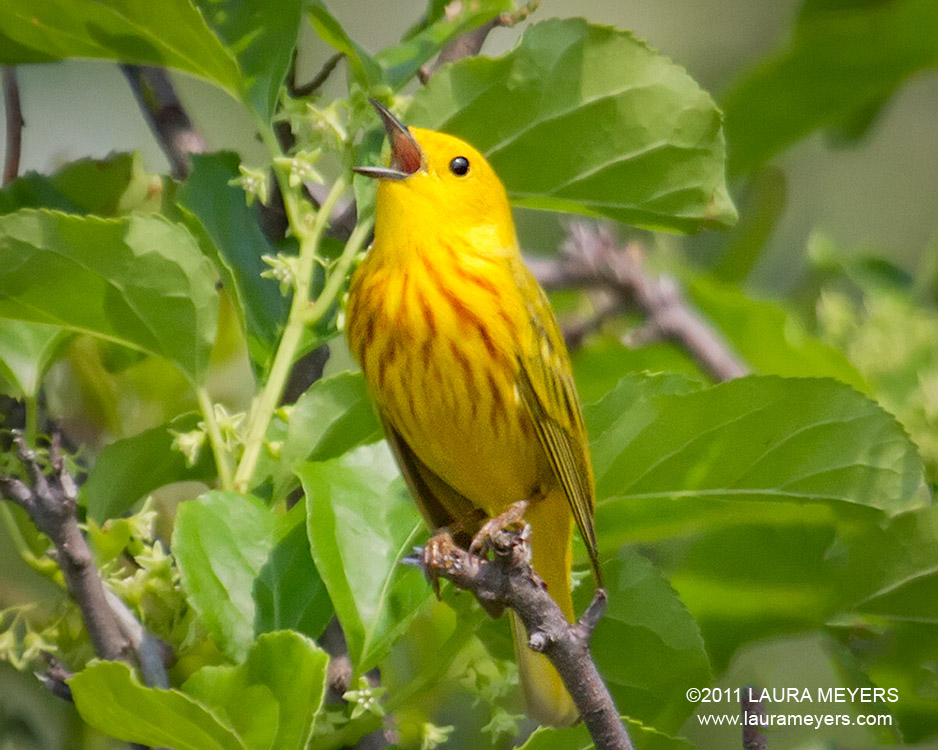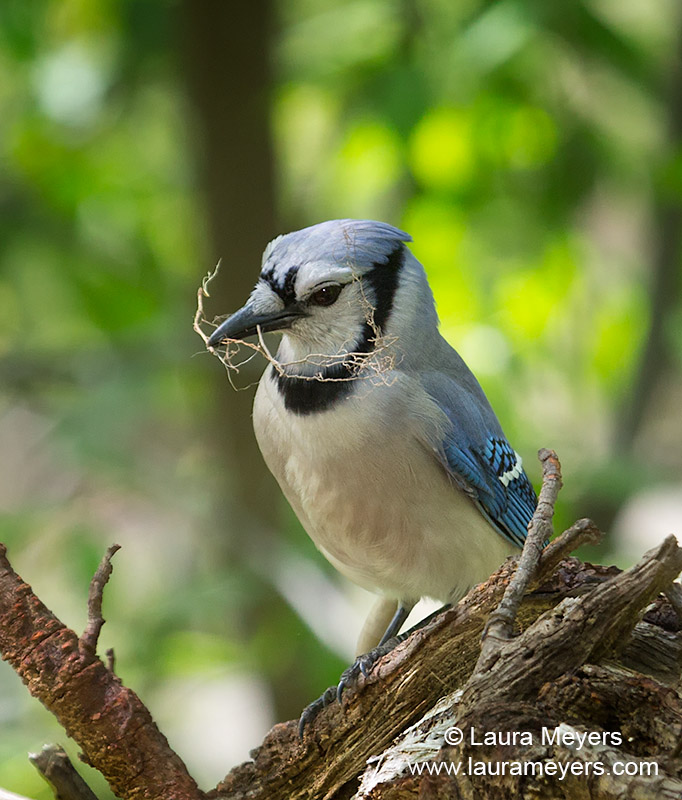
Blue Jay with Nesting Materials
Blue Jay with Nesting Materials
Both members of the Blue Jay pair gather material and incorporate into nest, but males appear to do more of the former, and females more of the latter. The outer shell is composed primarily of strong, fresh twigs, sometimes thorny species, but also may include dead twigs. Twigs used in outer shell of the nest is usually taken from live trees, often with great struggle. Size of twigs decreases toward nest cup. The cup usually is lined with tough rootlets; sometimes lined with wet, partially decomposed leaves and mud is often incorporated in nest
I took this picture in the ramble in the Central Park Ramble
